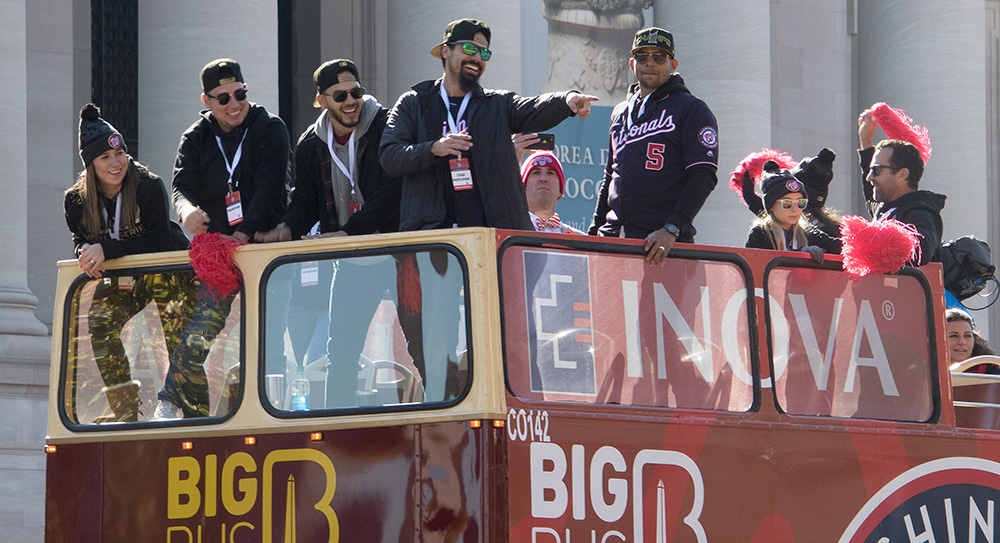Colin Poche Doesn’t Need To Throw So Many Fastballs
No pitcher who took the mound for at least 50 innings in 2019 threw their four-seam fastball more than Tampa Bay Rays reliever Colin Poche. Utilizing the pitch just over 88% of the time, it went far beyond the league average four-seamer deployment rate of 37.7%. As part of 2019’s strongest bullpen, the 25-year-old Poche produced 0.6 WAR with a 3.79 K/BB rate, which was juxtaposed by his 4.70 ERA (and 4.08 FIP).
There are a few pitchers who are able to live and die by their four-seamer. The question isn’t whether Poche should continue to throw his four-seam fastball roughly nine out of every 10 pitches he throws; it’s whether he actually needs to throw it that much?
Last year, Eric Longenhagen and Kiley McDaniel put a 70 FV on Poche’s four-seamer, noting in their write up last year:
Essentially, Poche has an average fastball with three separate characteristics that make it play up. Big league hitters may be less vulnerable to one or more of these characteristics, but if not, Poche’s fastball is going to play like a 7 or 8.
He throws his fastball with almost pure backspin, which creates 99%+ spin efficiency. Under these conditions, Poche (who led the league in FA-Z, min 50 IP) is able to induce a lot of rise on his fastball, or rather, the pitch drops much less than a typical four-seamer. This is advantageous because he lives high in the zone. Hitters who try to square up the elevated four-seamer may end up swinging under the pitch because they expect it to drop more, but in Poche’s case, Mangus Force keeps the pitch up longer than anticipated. That could at least partially explain how Poche was able to produce his 34.8% strikeout rate despite his elevated ERA. Read the rest of this entry »

 Dan Szymborski
Dan Szymborski
 Kiley McDaniel
Kiley McDaniel